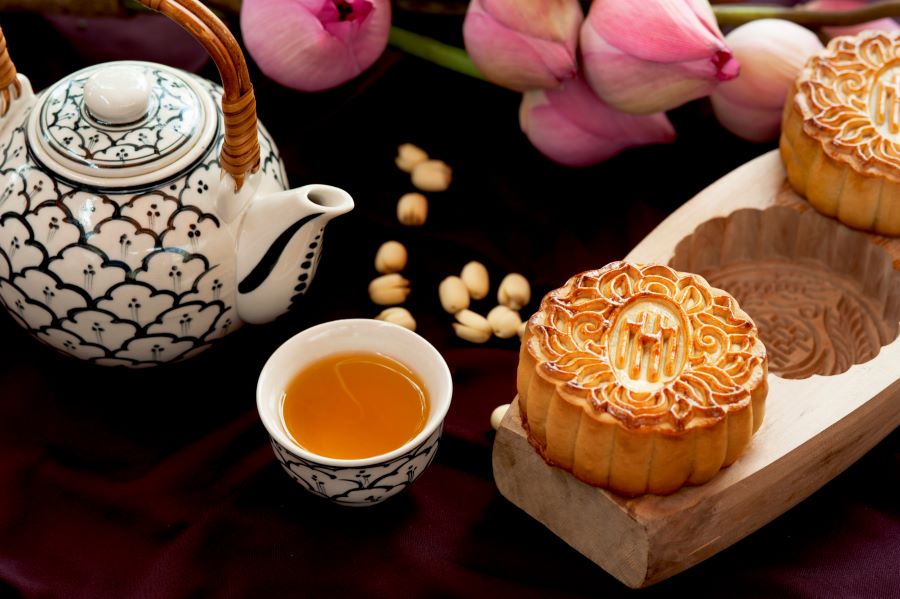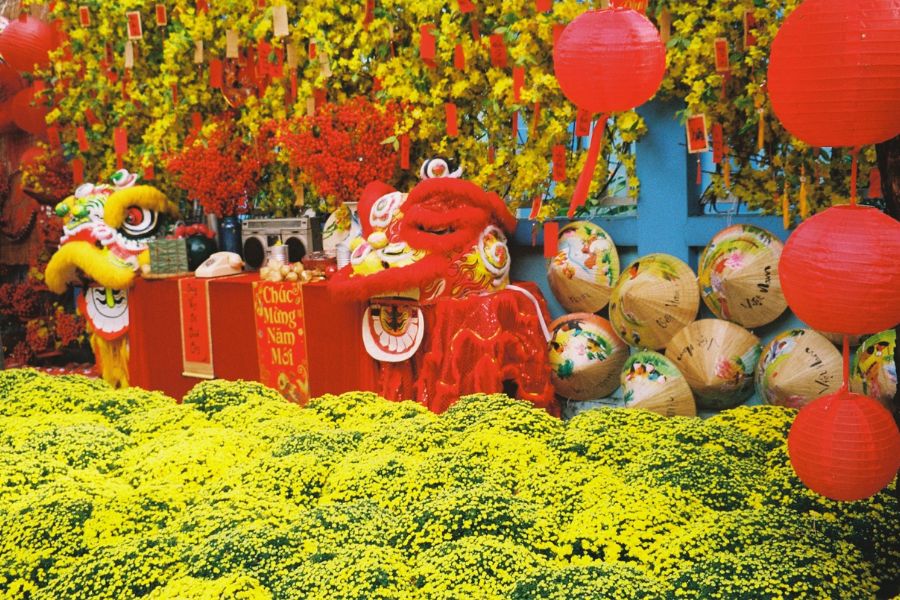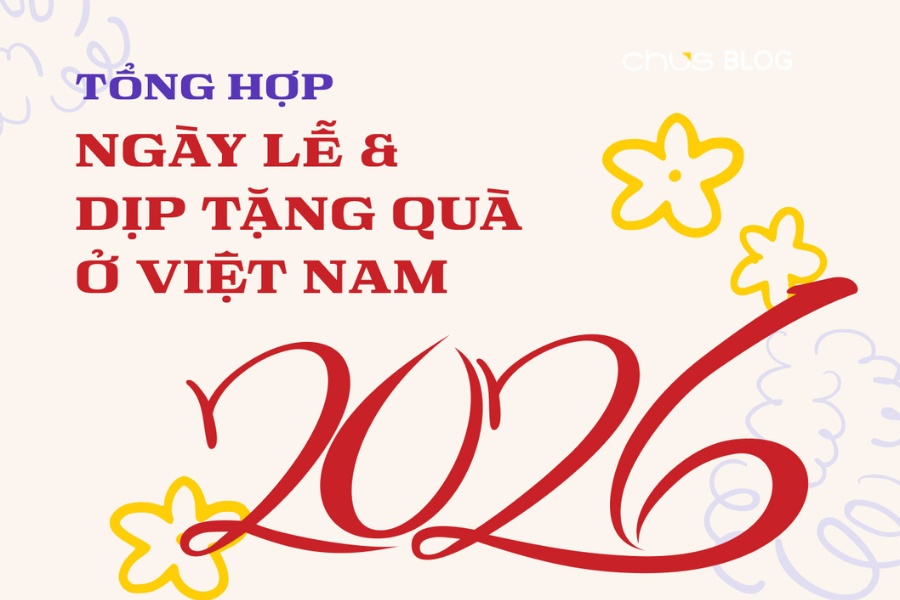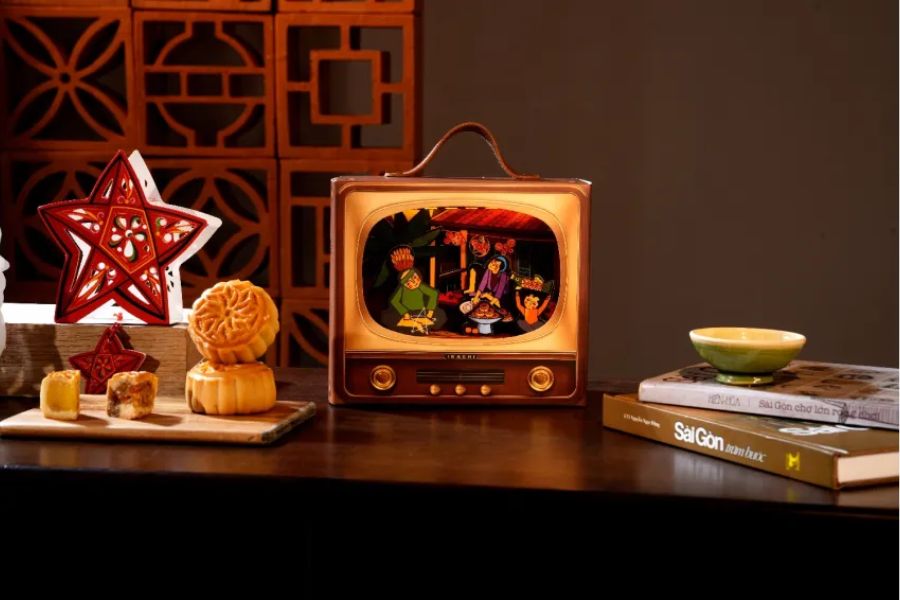- Feb 1, 2024
Tea Quality: Tips for Choosing the Best Tea
Tea, with its rich history and diverse flavors, has always been a global favorite beverage for its health benefits. Whether it's white tea, green tea, oolong tea, Pu-erh tea, or black tea, all share some common characteristics that determine their quality.
With the increasing number of tea brands, choosing a quality tea becomes crucial. So how do you choose tea correctly? Let's go through these basic steps with Chus.

How to Determine Good Tea:
Appreciating tea is not merely about tasting the beverage; it involves a harmonization of various senses. To fully enjoy tea, one must observe, smell, taste, and even touch.
Therefore, to select a delightful tea, one needs to pay attention to various qualities related to visual, taste and touch aspects.
Visual Inspection - Sight
The most visual way to choose tea is by observing with your eyes. Depending on the harvesting and processing, high-quality tea leaves differ noticeably from lower-quality ones.
For dry tea leaves:
Observe the composition and check for any damage.
High-quality tea usually includes buds or young leaves, while lower-quality ones may contain older leaves.
Hand-harvested tea leaves remain intact, while machine-harvested leaves may be cut and affect the taste and aroma.

Tip: Test tea in cold water; rapid color change may indicate artificial coloring, impacting health.
For brewed tea:
High-quality tea produces clear and beautiful tea liquid.
The color varies by type; black tea has a rich reddish color, green tea is freshly green, possibly with a yellowish hue. Unusual colors may suggest lower quality.

Different types of tea have characteristic colors, distinct (Photo: Bruutea)
Scent Inspection - Smell
Different teas have distinct aromas. Unbrewed tea should have a pleasant, subtle fragrance, reflecting its type.
For dry tea leaves:
Green tea has a fresh, mild scent; black tea carries a slightly sweet aroma.
Lack of aroma may indicate low oil content, correlating with lower tea quality.
Overly strong but unnatural scents might suggest added artificial fragrances. Therefore, it is recommended to choose reputable sellers.
For brewed tea:
The aroma should resemble the dry tea's natural scent.
Green tea has a fresh, grassy fragrance; black tea may have a deep earthy note.
Taste Inspection - Taste
Taste is a crucial factor for any food or drink, including tea. Quality tea offers a multi-layered taste, leading from one flavor to another, leaving a refreshing, slightly bitter taste from tannins and a gentle aftertaste.
Trà có thể hơi đắng chát hơn tùy vào mùa vụ, cách thu hái và cách pha, nhưng không bao giờ nên là cảm giác đắng chát khó chịu.

For example, if you drink white tea, expect a refreshing, sweet taste and a lingering sweetness in high-quality white tea.
Touch Inspection - Feel
While touching tea doesn't affect the tasting experience, it's a way to assess tea quality.
Dry tea leaves should be reasonably elastic, indicating freshness and careful hand-picking. Broken, easily crumbled leaves suggest lower quality.
Brewed tea leaves of high-quality should feel soft, like silk; while lower-quality ones may feel dry, rough, or easily crumble.

Other Factors Affecting Tea Quality
Apart from sensory aspects, consider tea composition, harvest time, and growing regions when making your choice.
When buying tea as a gift, especially online, rely on product descriptions or ask the seller for information.
Tea Composition:
Tea should clearly list its ingredients. For example, bud tea often has a smoother taste compared to tea with both buds and leaves.
Information about the composition helps you evaluate the type of tea and provides an overall view of the flavor.
However, choosing tea based on composition also depends on personal preferences.

Tea consists only of buds (newly grown young leaves) are considered more pricey than tea with buds and leaves (Photo: Freepik)
Harvest Time:
The best tea harvests are believed to be in spring, followed by autumn, winter, and lastly, summer. Weather and soil conditions vary in each season and play a crucial role in creating unique flavor differences in tea.
However, this doesn't mean you should only buy spring tea and avoid summer tea. For example, the renowned Thái Nguyên tea from Vietnam is famous for both spring and autumn harvests, creating equally delightful teas.

And, most importantly, it still comes down to your personal preferences. Although spring tea is considered to have the highest quality, if you prefer the bold, bitter taste of summer tea, that's perfectly fine!
Tea-Growing Regions:
Each tea-growing region worldwide possesses unique soil conditions and a distinctive climate, contributing to the distinct characteristics of tea flavors.
In Vietnam, there are three major tea-growing regions with excellent tea varieties. Mentioning Vietnamese tea cannot skip the famous ancient Shan snow tea from the Northwest region and Thái Nguyên tea from the Northeast. Additionally, the Bảo Lộc - Lâm Đồng tea region of Central Vietnam is renowned for its high-quality tea.

Conclusion
The above points are essential considerations compiled by Chus to help you choose high-quality tea for enjoyment or gifting. However, these details are for reference; the most important factor remains individual taste and preferences. If you're looking for a reliable source to buy delicious Vietnamese tea, don't forget to visit Chus!











